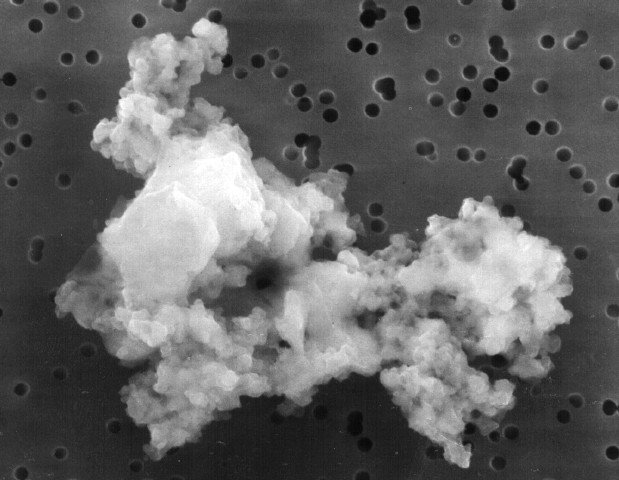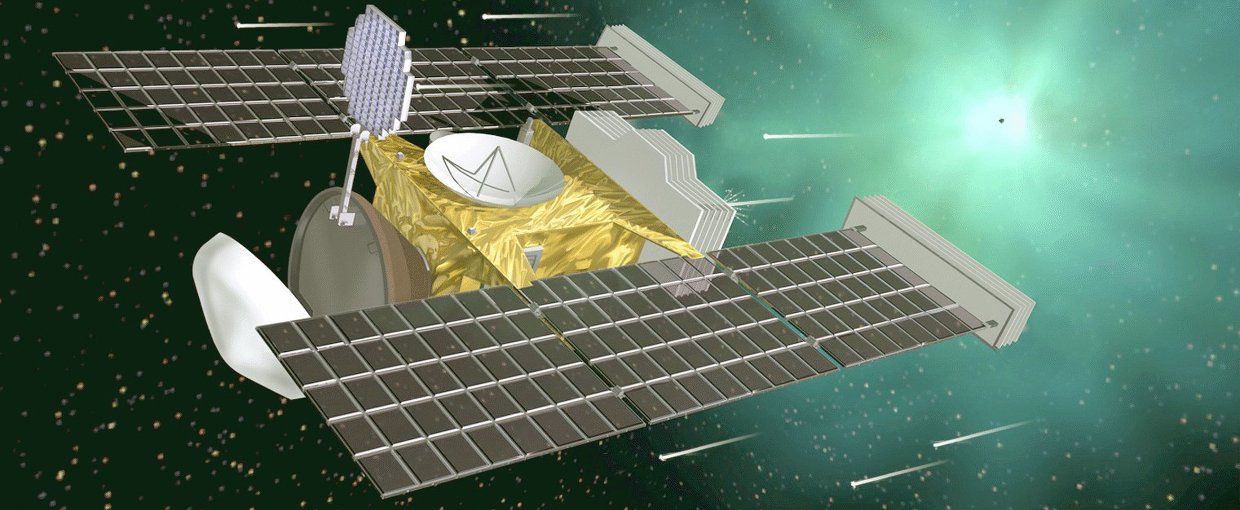
A review published in Space Science Reviews discusses our current understanding of cometary dust up to the end of 2017. Previously, our knowledge of comets was gained through remote observations from Earth or Earth orbit, and flybys. The past years have seen the return of samples of cometary dust to Earth by the Stardust mission, and a long-duration visit to a comet by the European Rosetta mission. Most recently, Rosetta provided a vast amount of data obtained with a suite of instruments, and under varied conditions such as distance from the Sun and the comet’s nucleus.

Interplanetary Dust Particle (IDP) collected by NASA's Stardust spacecraft.Image credit: NASA.
Results from these missions coupled with the latest theoretical and experimental studies have shed new light on the nature of comets, the processes behind cometary dust formation, and the presence of cometary dust in the interplanetary medium near Earth. This increase in knowledge of comets provides invaluable information for astrobiologists studying the formation and evolution of the Solar System and the potential role of comets in delivering materials to the early Earth that were essential for the origins of life.

This series of images of Comet 67P/Churyumov–Gerasimenko was captured by Rosetta’s OSIRIS narrow-angle camera on 12 August 2015, just a few hours before the comet reached the closest point to the Sun along its 6.5-year orbit, or perihelion.Image credit: ESA/Rosetta/MPS for OSIRIS Team MPS/UPD/LAM/IAA/SSO/INTA/UPM/DASP/IDA.
The review article, “Cometary Dust,” was published in Space Science Reviews. This work was supported in part by the Emerging Worlds Program. The NASA Astrobiology Program provides resources for Emerging Worlds and other Research and Analysis programs within the NASA Science Mission Directorate (SMD) that solicit proposals relevant to astrobiology research.
